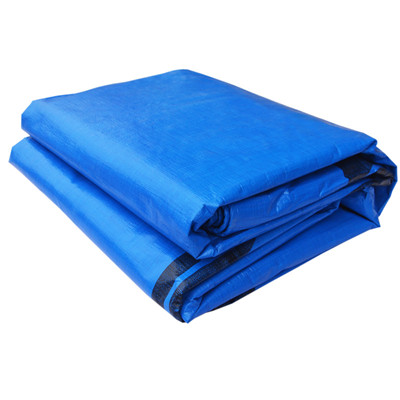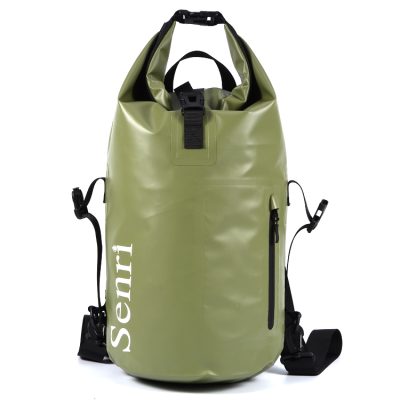Choosing the right tarpaulin involves considering several factors to ensure it meets your specific needs and provides effective outdoor protection. Here are some key considerations when selecting a tarpaulin:
- Material:
- Polyethylene (PE): Lightweight and affordable, PE tarps are suitable for temporary and short-term use. They are waterproof and come in various thicknesses.
- Polyvinyl Chloride (PVC): PVC tarps are durable, waterproof, and resistant to UV rays. They are excellent for long-term or heavy-duty applications but can be heavier and more expensive than PE tarps.
- Canvas: Canvas tarps are breathable and provide good protection against mildew. They are often used for covering sensitive or breathable materials, like plants, and for longer-term applications.
- Size:
- Determine the dimensions you need based on the area you want to cover or the objects you want to protect. Measure the length, width, and height requirements.
- Thickness/Weight:
- Tarps are available in different thicknesses or weights, typically measured in mils (for PE) or ounces per square yard (for PVC and canvas). Thicker tarps are more durable and better suited for heavy-duty applications.
- Waterproofing:
- Ensure the tarp is waterproof or water-resistant, especially if you plan to use it in rainy or wet conditions.
- UV Resistance:
- If the tarp will be exposed to sunlight for extended periods, consider UV-resistant options to prevent degradation from UV rays.
- Grommets and Fasteners:
- Look for tarps with reinforced edges and sturdy grommets (metal or plastic rings) spaced at regular intervals. These make it easier to secure the tarp with ropes, bungee cords, or other fasteners.
- Color:
- Tarps come in various colors, and the choice depends on your preferences and the intended use. Darker colors may absorb more heat and be more suitable for applications where heat retention is desired.
- Durability and Tear Resistance:
- Consider the type of activities and conditions the tarp will face. For heavy-duty applications or areas with high wind exposure, opt for tarps with superior tear resistance and reinforced corners.
- Reinforcements and Seams:
- Check for reinforced corners and seams, which add to the tarp’s strength and longevity.
- Purpose:
- Determine the specific purpose of the tarp. Is it for outdoor storage, shelter, ground cover, or some other application? Your choice may vary based on the intended use.
- Budget:
- Consider your budget constraints, but keep in mind that investing in a higher-quality tarp can save you money in the long run, as it will last longer and provide better protection.
- Brand and Reviews:
- Research reputable brands and read customer reviews to get an idea of the tarp’s quality and performance.
- Storage and Maintenance:
- Consider where and how you’ll store the tarp when not in use. Proper storage can extend its lifespan.
- Warranty:
- Check if the tarp comes with a warranty, as this can provide peace of mind regarding its quality.
Remember that the right tarpaulin choice depends on your specific needs and the environmental conditions it will face. Taking the time to select the appropriate tarpaulin will ensure that it serves its purpose effectively and lasts for an extended period.


















